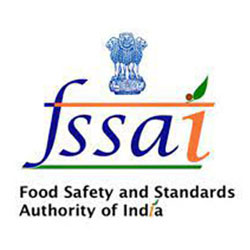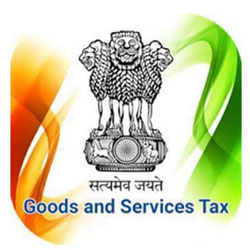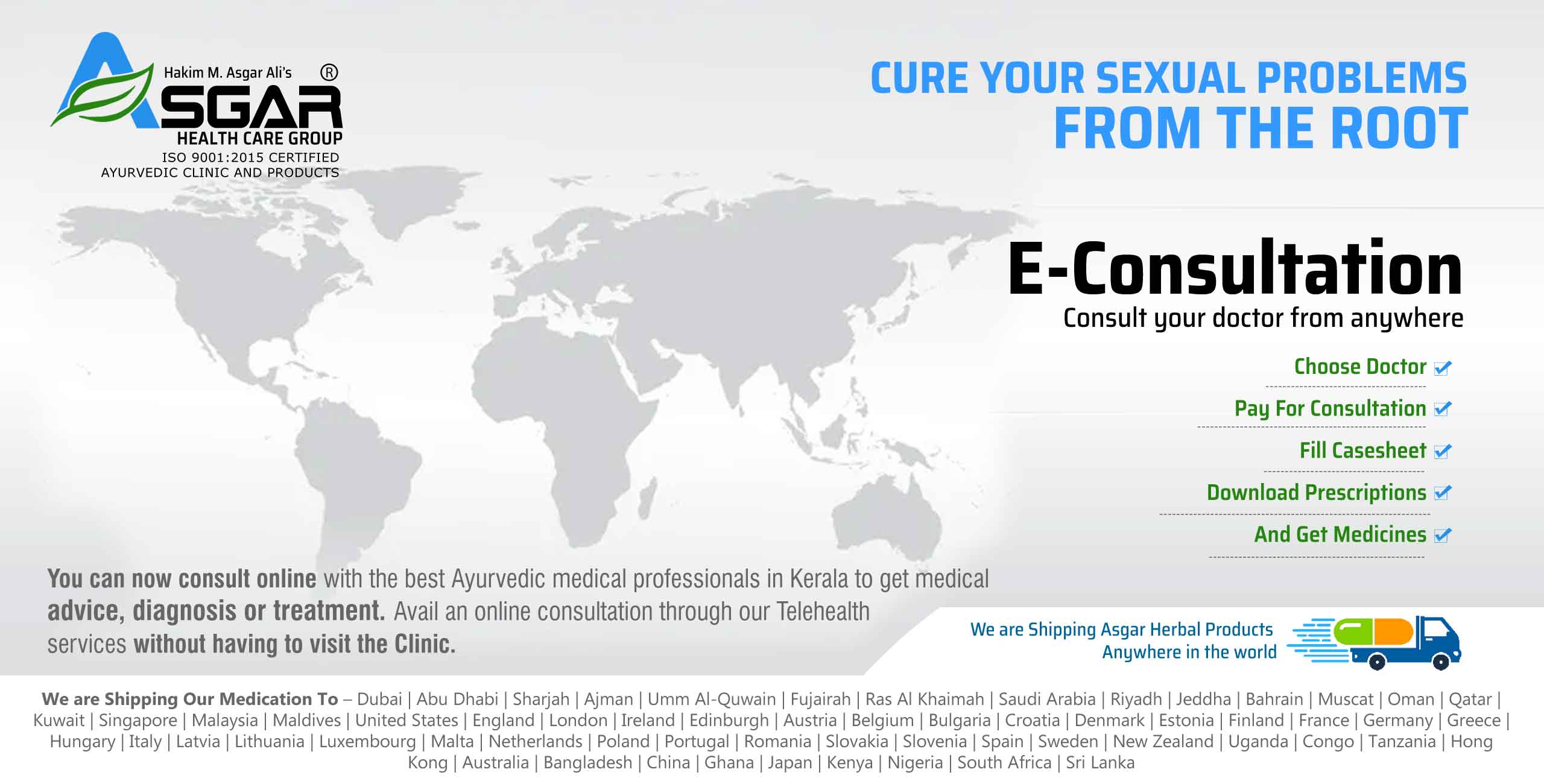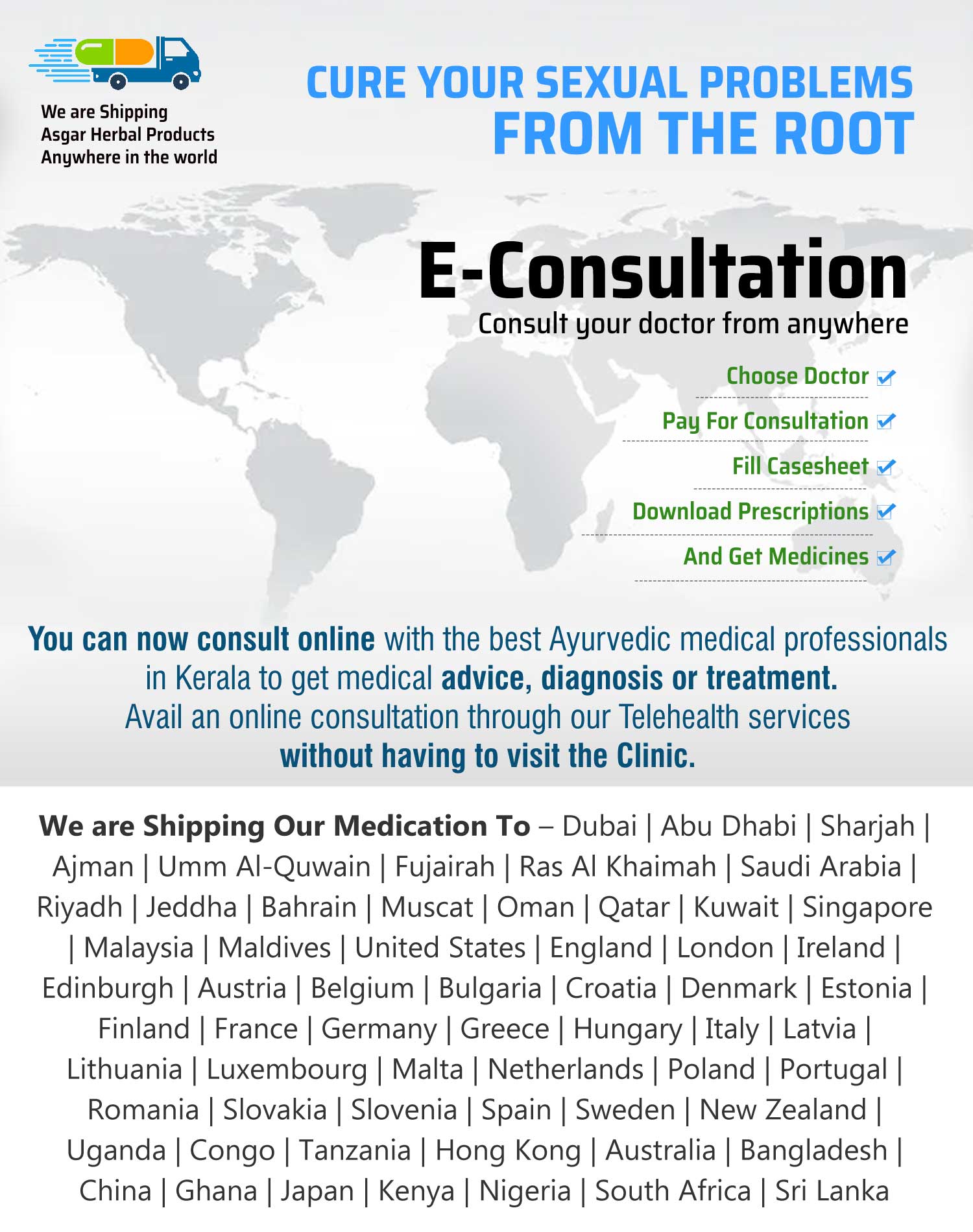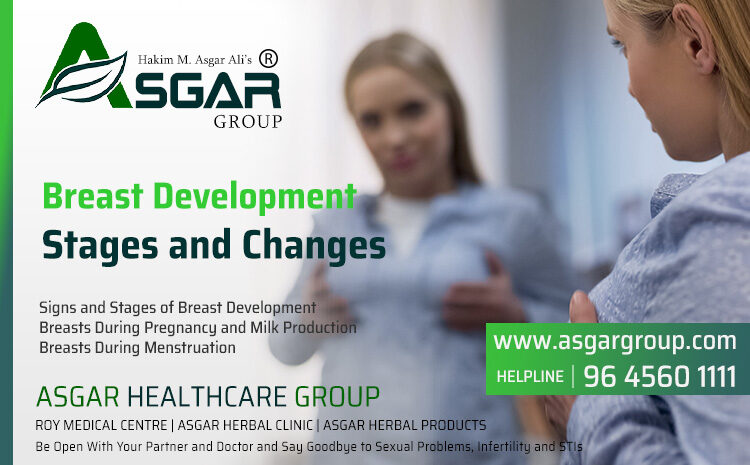
Estrogen is responsible for the start of breast growth. As a girl begins puberty, the ovaries release a flood of estrogen. Estrogen causes fat to accumulate and stimulates breast growth. Together with other hormones, estrogen fuels breast development. Your genes play a major role in determining when puberty and breast growth will start and how it progresses.
Signs Of Breast Development
The first sign of breast development is slight swelling under the nipple, a stage of development called breast buds. As your breasts first start to grow, they can be very tender and sore. They may also itch as your skin gets stretched. Buying a first bra can help protect new breast growth and minimize pain. If the breasts grow rapidly, stretch marks may occur in the skin. These will fade over time.
The breasts will continue to grow as the girl’s body fat increases during puberty. They become rounder and fuller. The areola (the area around the nipple) may get darker and larger and the nipple may become erect, or stick out.
It’s common for one breast to develop faster than the other. Over time it should even out, however many adult women find their breasts differ very slightly in size. This is completely normal.
The breasts will continue to grow as the girl’s body fat increases during puberty. They become rounder and fuller. The areola (the area around the nipple) may get darker and larger and the nipple may become erect, or stick out.
It’s common for one breast to develop faster than the other. Over time it should even out, however many adult women find their breasts differ very slightly in size. This is completely normal.
Female Breast Developmental Stages
Stage 1 – Preteen. Only the tip of the nipple is raised.
Stage 2 – Buds appear, and breast and nipple are raised. The dark area of skin around the nipple (the areola) gets larger.
Stage 3 – Breasts are slightly larger, with glandular breast tissue present.
Stage 4 – The areola and nipple become raised and form a second mound above the rest of the breast.
Stage 5 – Mature adult breast. The breast becomes rounded and only the nipple is raised.
Stage 2 – Buds appear, and breast and nipple are raised. The dark area of skin around the nipple (the areola) gets larger.
Stage 3 – Breasts are slightly larger, with glandular breast tissue present.
Stage 4 – The areola and nipple become raised and form a second mound above the rest of the breast.
Stage 5 – Mature adult breast. The breast becomes rounded and only the nipple is raised.
Breasts During Pregnancy and Milk Production
Many healthcare providers believe the breasts are not fully mature until a woman has given birth and made milk. Breast changes are one of the earliest signs of pregnancy. This is a result of the hormone progesterone. In addition, the dark areas of skin around the nipples (the areolas) begin to swell. This is followed by the rapid swelling of the breasts themselves. Most pregnant women feel soreness down the sides of the breasts, and nipple tingling or soreness. This is because of the growth of the milk duct system and the formation of many more lobules.
By the fifth or sixth month of pregnancy, the breasts are fully capable of producing milk. As in puberty, estrogen controls the growth of the ducts, and progesterone controls the growth of the glandular buds. Many other hormones also play vital roles in milk production. These include follicle-stimulating hormone (FSH), luteinizing hormone (LH), prolactin, oxytocin, and human placental lactogen (HPL).
Other physical changes happen as well. These include the blood vessels in the breast becoming more visible and the areola getting larger and darker. All of these changes are in preparation for breastfeeding the baby after birth.
By the fifth or sixth month of pregnancy, the breasts are fully capable of producing milk. As in puberty, estrogen controls the growth of the ducts, and progesterone controls the growth of the glandular buds. Many other hormones also play vital roles in milk production. These include follicle-stimulating hormone (FSH), luteinizing hormone (LH), prolactin, oxytocin, and human placental lactogen (HPL).
Other physical changes happen as well. These include the blood vessels in the breast becoming more visible and the areola getting larger and darker. All of these changes are in preparation for breastfeeding the baby after birth.
Breasts During Menstruation
Each month, women have hormone changes that make up the normal menstrual cycle. Estrogen is made by the ovaries in the first half of the menstrual cycle. It stimulates the growth of milk ducts in the breasts. The increasing level of estrogen leads to ovulation halfway through the cycle. In the second half of the cycle, the hormone progesterone takes over. It stimulates the formation of the milk glands. These hormones are believed to be responsible for the cyclical changes that many women have in their breasts just before menstruation. These include swelling, pain, and soreness.







